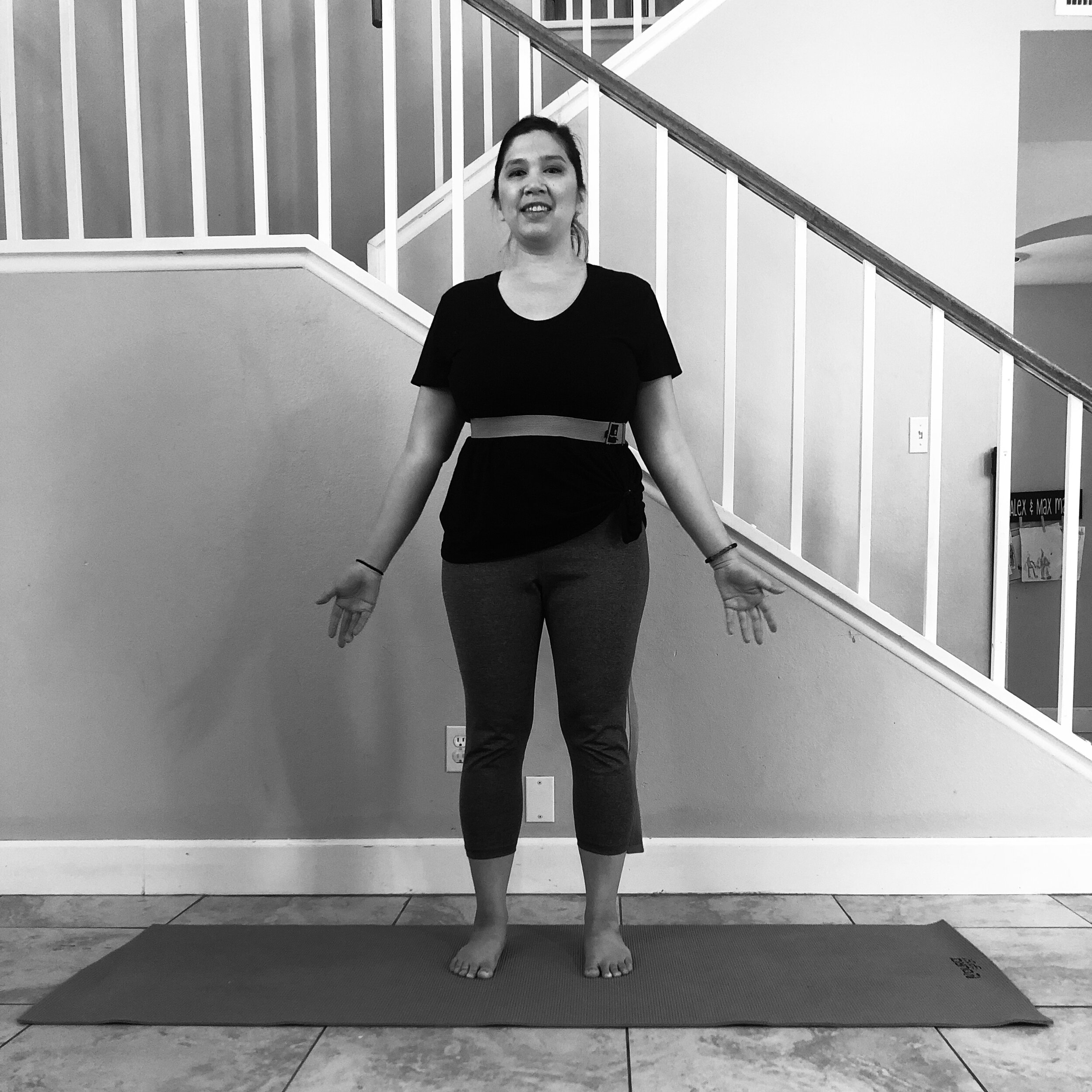Yoga for Pelvic Girdle Pain
Pelvic girdle pain (PGP) is one of the most common complaints I hear from my prenatal students. PGP varies in severity and areas of pain. PGP maybe a persistent on-going pain or triggered by certain movements, or a combination of both.
Symptoms of pelvic girdle pain
Pain felt in the front, back or sides of the pelvis
Symphysis pubis dysfunction (SPD)
Low back pain
Inability to stand on or lift one leg
Pain when walking, sitting or standing
Pain when getting out of bed
Severe cases of PGP can greatly affect the person’s lifestyle. Daily and regular activities that were once enjoyed maybe stopped or put on pause. Pain may contribute to perinatal mood disorders, including depression and anxiety.
Possible causes of pelvic girdle pain
Asymmetry in the pelvis
Hypermobile pelvis
Weak or tense muscle tone
Poor postural alignment
Trauma
Treatment and Tips for Pelvic Girdle Pain
If you are experiencing pelvic girdle pain, it is important that you seek treatment from a qualified Physical Therapist in your area. Specifically one that specializes in pelvic health. Physical therapists can work with you during pregnancy and postpartum. Don’t wait until the pain is debilitating, seek help early.
Be mindful of your daily posture. Your postural alignment and how you move throughout your day is critical. Pain comes one of two ways: a specific incident or trauma -or- through daily habits.
Helpful tips for Postural Alignment:
STANDING
Feet hip width distance apart, weight equal in both feet
Soft/slight bend in the knees, engaging the muscles in the legs and glutei
SITTING
Sit on sitz bones
Sit tall, lengthen through spine
Legs 90 degrees, use support if feet don’t touch the floor
BREATHING
When you are sitting and standing in optimal alignment, this gives the breath room for full expansion and oxygenation. This is especially important during pregnancy when the internal organs are shifted and baby is growing.
Practice rib cage breathing
Inhale breath into sides, back, and front of rib cage
Exhale sides, back, and front of rib cage draw in
Yoga Postures
Mountain Pose
Foundation of all poses
Practice with a block between the thighs and calves
Maintain equal weight in the feet
Head over heart, heart over hips
Pelvis is neutral
Bird Dog
Start with knees under hips and wrists under shoulders
Notice if the weight is sinking in the belly
Try extending only legs, then arms
Maintain a continuous breath
Chair Pose with Block
Use a block and/or wall
You can also practice without either
Strengthens lower body, including transverse abdominis
Pelvic Symmetry Sequence
This pelvic symmetry sequence is adapted from Cecile Röst, PT and Dr. Sinead Dufour, PT, PhD. The purpose of the Pelvic Symmetry Sequence is to bring the pelvis back into symmetrical alignment and to keep it strong and mobile.
Practice this sequence daily.
Prenatal Yoga Flow to Relieve SPD/PGP
This is an hour long practice aimed to strengthen inner core muscles and relieve PGP.
Learn more about pelvic health at our: Yoga for Pelvic Health Workshop
Book a private 1:1 online yoga session: contact us



